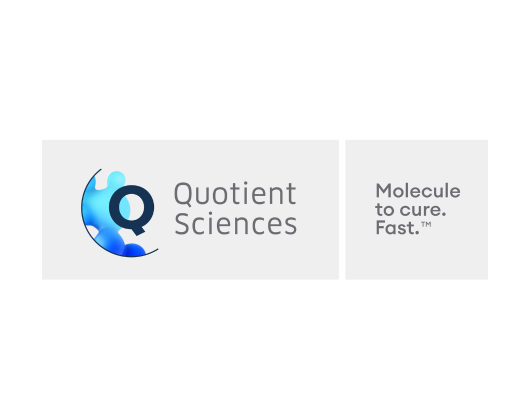John McDermott, Quotient Sciences' Executive Drug Development Consultant, discusses Integrated Development Strategies Overcome Solubility Challenges, in Drug Development & Delivery's Special Feature in Drug Development & Delivery's Special Feature entitled: "Solubility & Bioavailability: Utilizing Enabling Technologies."
There is no one-size-fits-all solution for improving bioavailability and solubility, and what is correct for one molecule could be over-engineering, or worse, limiting the potential of another drug. It is therefore crucial for development teams to understand the drivers of a given molecule’s solubility and its permeability properties to select the correct technologies for assessment, and then back up that selection with data. “One of the biggest challenges we see is the expectation of an in vitro/in vivo correlation in developing these technologies, which is not realized when clinical data is obtained,” says John McDermott, Executive Drug Development Consultant, Quotient Sciences. “Having access to human data to assess formulation technologies for poorly soluble drugs is therefore crucial in guiding formulation selection and optimization.”
Quotient Sciences has had the opportunity to work on several programs that have assessed the clinical performance of some of these novel and emerging technologies to enhance drug bioavailability. “We have seen some great successes for some drugs, and we have also had experiences where performance observed in preclinical and in vitro studies have not translated into humans,” he says.
Quotient Sciences delivers fully integrated programs incorporating formulation development with clinical manufacturing, regulatory support, and clinical testing. This platform, termed Translational Pharmaceutics™, can be applied to accelerate the progression of prototype formulations to clinical assessment and onward, to efficiently and accurately assess candidate formulations, and to improve the likelihood of clinical and commercial success, explains Mr. McDermott.
In one recent case study, a customer with a BCS II molecule had completed its first-in-human study, which demonstrated inadequate exposure and a significant food effect. These issues were stalling the project from advancing into proof-of-concept patient studies. To respond to this, the client needed to rapidly evaluate solubility enhancement technologies and demonstrate its utility to enable efficacy assessments in order to proceed to the next project milestone.
In this program, Quotient Sciences developed three different solubility-enhancing formulations: a micronized form of API; a self-emulsified lipid delivery system; and a spray-dried dispersion. A Translational Pharmaceutics study was performed to achieve a quick proof-of-concept assessment, removing the need to conduct larger scale, cost-prohibitive process development and lengthy stability programs for multiple technologies. The human pharmacokinetic (PK) study used a 5 period cross-over design in 16 healthy volunteers with the micronized formulation delivering the best outcome.
“By applying our Translational Pharmaceutics approach, the overall timeline – from initiating formulation lab work to having clinical PK data to select the optimal formulation – was just six months,” says Mr. McDermott. “While it’s exciting to be involved at the forefront of research in drug delivery technologies, it’s important to remain focused on the patient – and the best model for assessing humans is a human.”







